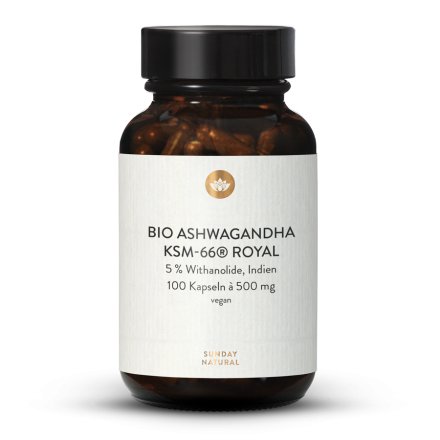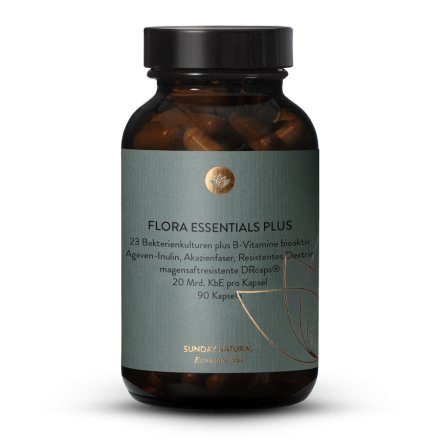The famous maca plant (Lepidium meyenii) is a member of the cruciferous family (Lepidium) and is therefore related to watercress, garden cress, rape and mustard. Maca is native to the Peruvian Andes and has been cultivated there at high elevations for around 2000 years. Maca is also known as Peruvian ginseng and is a staple food in the Andes, where it is also used as a tonic for the army. Primarily the bulbs of the maca plant are used. These have a slightly sweet flavour and are baked slowly or boiled after drying. Traditional dishes in the region also include a sweet and very flavoursome maca porridge known as mazamorra.
There are various types of maca, which differ in colour and other characteristics. The main types of maca are yellow, black, purple and red. However, the powders of the different maca colours have only minimal differences in colour (in contrast to the appearance of the root bulbs). However, the different varieties each contain a different spectrum of ingredients. Mixed maca combines all the benefits of the three main varieties in the typical harvest ratio of 50:40:10 yellow, red and black.
Maca is available in various dosage forms. During extraction, one or more components are dissolved out of a mixture of substances using solvents (water and edible ethanol from sugar cane), resulting in a concentrate in which the valuable plant substances are present in a concentrated form. This also results in improved digestibility, as starches that are difficult to digest are removed during the extraction process. The plant substances released by the extraction process are also easier to absorb.
































